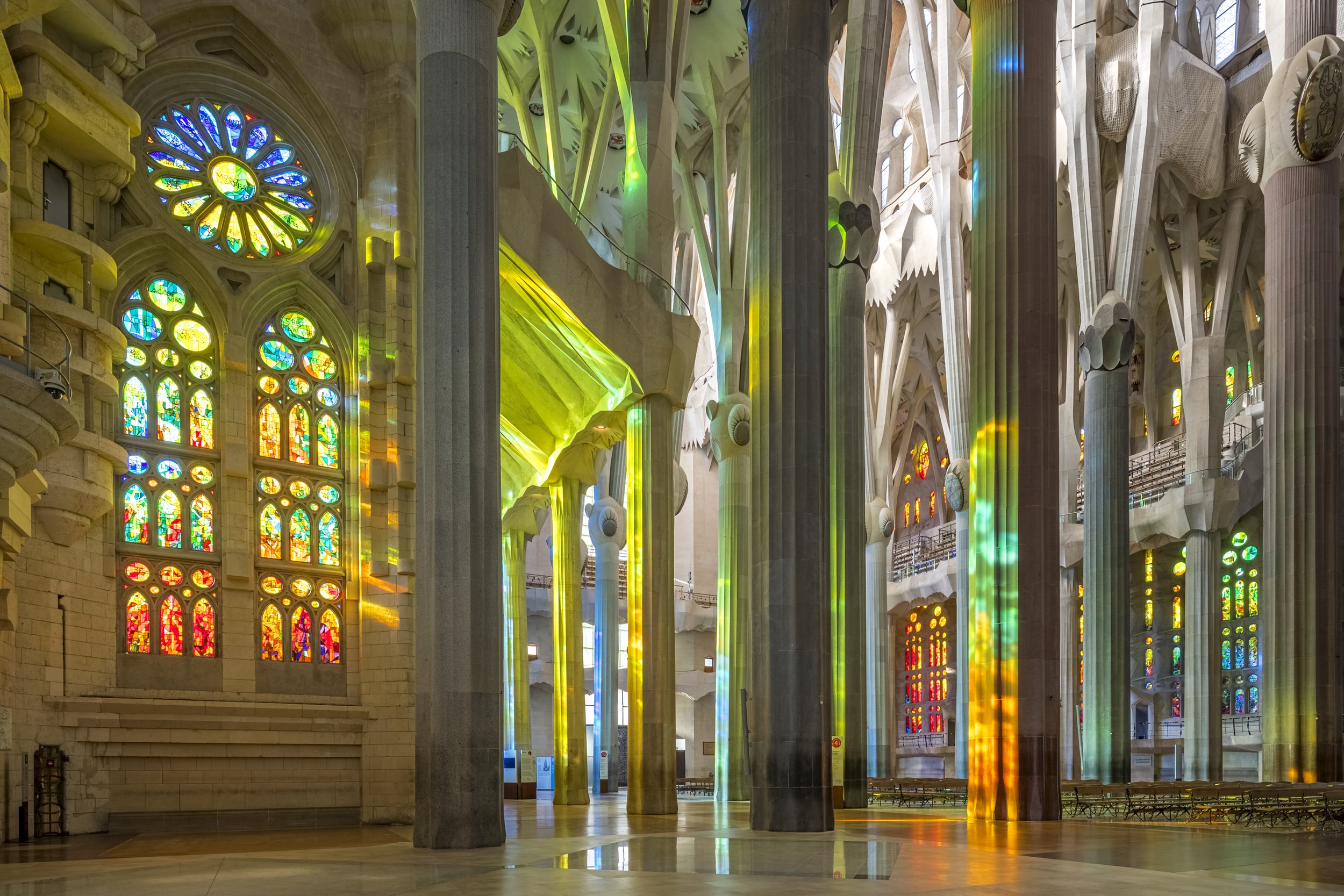The Symbolism of Cathedrals
There is an awful lot of symbolism in cathedrals and churches which most people don’t know. I travelled my way around Europe last year and found myself explaining the meaning of all the cathedral I came across to my travel partners. This is going to be an introduction to Cathedrals.
The first and most basic piece of symbolism in Cathedrals is its footprint. Everyone is familiar with the symbol of the cross in Christianity, where Jesus was crucified. The footprint of a cathedral is always in the shape of a cross.
When you worship you face the alter, which is always in the east, towards the rising sun, which serves a reminder of Christs Resurrection. The entrance of the Cathedral is always at the foot of the cross and the opposite side to the alter, on the west. The Cologne cathedral above has two towers at the foot, they symbolize Christ’s feet, where you enter to continue towards the alter and the rising sun. In this way you are entering the church from the dark end, symbolizing death first and proceeding towards light, resurrection.
In the west side, at the entrance, on the outside you see the Porta Coeli, or Heavens Gate. This is three arches, which represent God in three persons, as the Lord, Jesus Christ and the Holy Spirit. You are then met with 2 doors, symbolizing Christs Dual nature.
Once you are in through Heavens Gate, you are in an area called the narthex. This used to be where you would stop if you were preparing to convert and be baptized, or if you were coming back to repent and worship the gospel. It was essentially there for those who did not belong to the church yet.
The main body of the church is called the nave. The name comes from the Latin word for ship, Navis. This is symbolism for Noah’s arc. Noah’s arc was the ship which saved humanity from the great flood and so the nave of the Cathedral shows the church as being the ship of salvation for humanity. In no uncertain terms it represents saving humanity. That is why so often when you enter a cathedral and look up, you see what looks like the hull of a ship.
All the way up the nave will be confessionals, where Christians can anonymously confess their sins to the priests. This serves as a reminder that the path, up the nave, to salvation, in the east, requires the confession of one’s sins.
Finally you reach the east of the cathedral where the altar sits. This is where mass is occurs. Where the transformation of bread and wine into Christs body and blood takes place. It is where Christians can act out the last supper and remember what Christ Sacrificed.
Behind the altar is the Tabernacle which holds the communion. It often holds the body of Christ (the bread) or simply the “Word of God” and it is central in being the thing people worship to. The tabernacle was originally constructed by Moses for the Jewish tribes to worship when there was no temple yet.
In many, but not all Cathedrals you will find an apse. Which is a circle of mini-Chapels surrounding the altar and tabernacle. These chapels are often dedicated places to pray to specific saints or people. The layout of these chapels represents the thorn of crown around Christ’s head.
The most symbolism lies within the layout and footprint of the cathedral, but it is not the only place. The use of the stained-glass windows in a cathedral symbolizes the turning the harsh light and reality of the outside world into the beauty, grace and purity of the church interior. It turns the church into a sanctuary protecting you from the outside. The stained glass will usually also depict figures and stories from the bible, along with the many statues and mosaics within the cathedral. See some examples below.
Cathedrals are wonderfully complex and rich pieces of art. The beauty of them is purely in honor of God, as a place where God is felt and seen.











